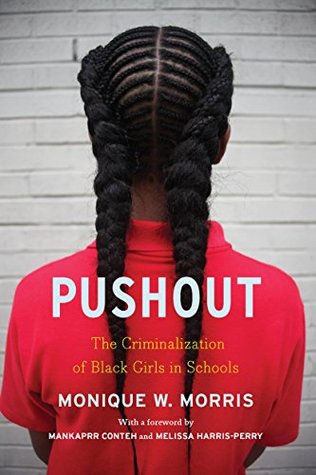More on this book
Community
Kindle Notes & Highlights
Read between
July 15 - August 8, 2020
Black girls in classrooms across the country have been granted permission to fail by the implicit biases of teachers that lower expectations for them. I doubt this teacher intended to lower her expectations for Shannon or treat her differently than her peers. It is safe to assume that this teacher likely believed that she was responding to Shannon with patience and respect. Indeed, teachers, like the one leading Shannon’s class, are likely committed to supporting the education of all of their students, but their unconscious associations between Black girls and underperformance might lead them
...more
is a deeper awareness of the numerous social factors—related to race, gender, sexuality, disability status, or other identities—that have the power to trigger Black girls and shape their interactions with people in schools. Every girl is unique, but understanding widely shared experiences connected to structural forces bigger than us all would go a long way toward supporting the success and education of Black girls.
but she—like so many other girls—was conflating her fear of being perceived as weak or a “punk” with her identity as a “problem child.” That any child would refer to him- or herself as a problem is heartbreaking.
It is grounded in respectability politics that have very little to do with education and more to do with socialization.
“So, basically, what I hear you saying is that you want somebody who cares about you,” I said.
Latent in our willingness to cast them as “choosers” of this underground economy are racialized gender stereotypes about the hypersexualization of Black girls—a myth that was historically used to justify the rape of enslaved Black females, and which has since morphed into a stereotype about “fast” Black girls that renders them vulnerable to multiple forms of abuse.
(1) the protection of girls from violence and victimization in school; (2) proactive discussions in schools about healthy intimate relationships; (3) strong student-teacher relationships; (4) school-based wraparound services; (5) an increased focus on student learning coupled with a reduced emphasis on discipline and surveillance; and (6) consistent school credit recovery processes between alternative schools and traditional district or community schools.
pathologized


